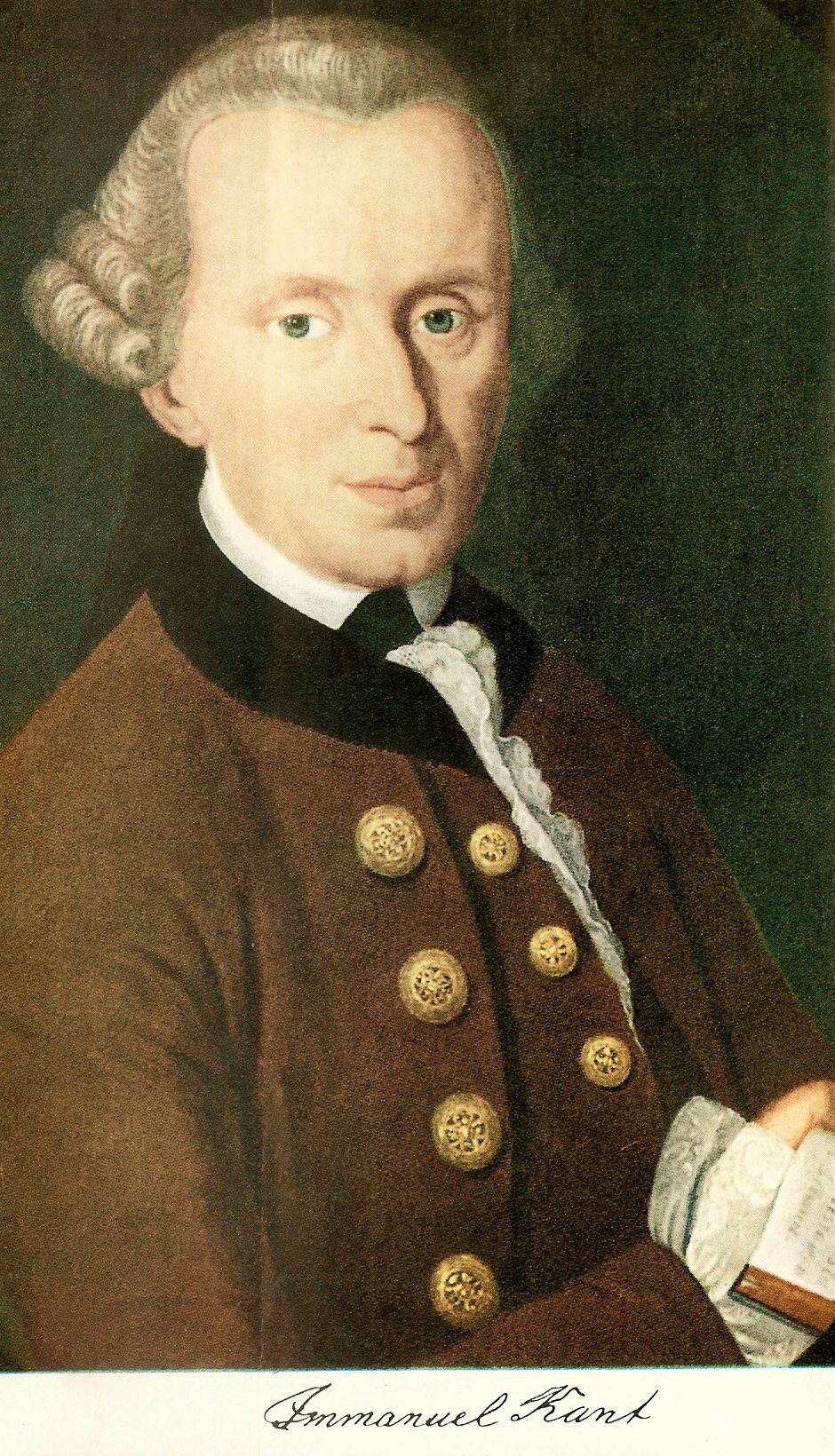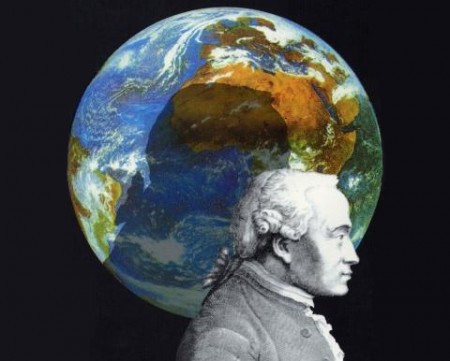In this page you will find some pieces of information about "For the perpetual peace"; some nice suggestions about Comopolitanism; and, at the bottom, an open "blendspace".
Final task: LETS CREATE A LESSON ABOUT "Cosmopolitanism"using Blendspace- Each student, or each group of students, works to create a piece of a lesson about cosmopolitanism in the centuries (ancient Greece, Stoicism, Christian traditions, Muslim tradition, Kant etc...). You can write some word texts, import video, movie, pictures, and, of course, whatever you like to create a Final Lesson about What Cosmopolitanism is!
Good luck!
---- ---------- ----------- -------------- ------------------ ---------------- ------------------ -------------------- ----------------------- -------------------------------- ---------------
"There is a tradition of cosmopolitanism, and if we had time we could study this tradition, which comes to us from, on the one hand, Greek thought with the Stoics, who have a concept of the 'citizen of the world'. You also have St. Paul in the Christian tradition, also a certain call for a citizen of the world as, precisely, a brother. St. Paul says that we are all brothers, that is sons of God, so we are not foreigners, we belong to the world as citizens of the world; and it is this tradition that we could follow up until Kant for instance, in whose concept of cosmopolitanism we find the conditions for hospitality. But in the concept of the cosmopolitical in Kant there are a number of conditions: first of all you should of course welcome the stranger, the foreigner, to the extent that he is a citizen of another country, that you grant him the right to visit and not to stay, and there are a number of other conditions that I can't summarise here quickly, but this concept of the cosmopolitical which is very novel, very worthy of respect (and I think cosmopolitanism is a very good thing), is a very limited concept. (Derrida cited in Bennington 1997).

Immanuel Kant was born in Königsberg in 1724, so he could overcome the effects of the French Revolution. Having seen all the crisis and the pain brought by those days of insurrection, he decided to write an essay in which he wanted to promote a peace program to all governments, starting from the Peace of Basel of 1795 between Prussia and Spain.
His aim was to state a set of principles that could provide a stable and lasting peace. He organized his book into a series of preliminary articles expressed in negative form and then a section of definitive articles expressed in a positive one. He considered also what conditions of peace can be evaluated as “negative” since they don’t lead to a perpetual peace, but they are just able to reduce the likelihood of war.
Giacomo Alessi e Gloria Ponti
The Perpetual peace
https://www.tes.com/lessons/waS6HYaj9sBhZQ/collab/YyndfeveviOQdJFJrMaBynYZwNccwGrk/register
PERPETUAL PEACE BY IMMANUEL KANT

In ‘Perpetual Peace: a philosophical sketch’, Immanuel Kant (1795) lays an early foundation of cosmopolitanism in the form of a note to his main text: ‘The constitution conforming to the law of world citizenship, so far as men and states are considered as citizens of a universal state of men, in their external mutual relationships (ius cosmopoliticum)’, or cosmopolitan right. As a result of increasing internationalization and globalization, social institutions worldwide find themselves serving a larger and more diverse population. No longer can these organizations only focus on their immediate constituents and clientele, for through these two phenomena, people, organizations and countries are increasingly interconnected via technology, communications, transportation and ideas. As a result, there has been a call for the application of cosmopolitanism to specific realms and ideologies of society such as global justice, immigration and citizenship.Institutions of higher education can serve as the medium to enhancing global citizenship and global justice by adopting cosmopolitanism as a way to serve their faculty, staff, students and the world community.
---> https://prezi.com/ev8f5533h5g8/copy-of-perpetual-peace/<--- this prezi shows you a summary of the Perpetual Peace
Anna La Micela
tolerance in Islam
The best example must be the example of our beloved Prophet (s.a.w. – may peace and blessing of Allah be upon him), he understood the Qur’anic teachings better than anyone else and his is the example that every Muslim should always follow. The Holy Prophet Muhammad (s.a.w.) actively promoted peace, tolerance and compassion for all non-Muslim minorities. He did not simply demand religious tolerance of his followers; but he laid down the foundations to provide legal and constitutional protections for religious minorities.
When the Holy Prophet (s.a.w.) settled in Medina, he set about creating the first Islamic state. In Medina were not only Muslims, but there was three Jewish tribes and other Arabs who had not accepted Islam. The Holy Prophet (s.a.w.) was asked to govern all the citizens. To achieve this he made a formal agreement, known as the Charter of Medina in 622 A.D.
We should also bear in mind that this Charter of Medina pre-dated the English Magna Carta by almost six centuries. A formal agreement between Prophet Muhammad (s.a.w) and all of the significant tribes and families of Medina, including Muslims, Jews and non-Muslim Arabs.
• Remarkably 45% of the total population in Medina consisted of non-Muslim Arabs,
• 40% consisted of Jews,
• and only 15% consisted of Muslim